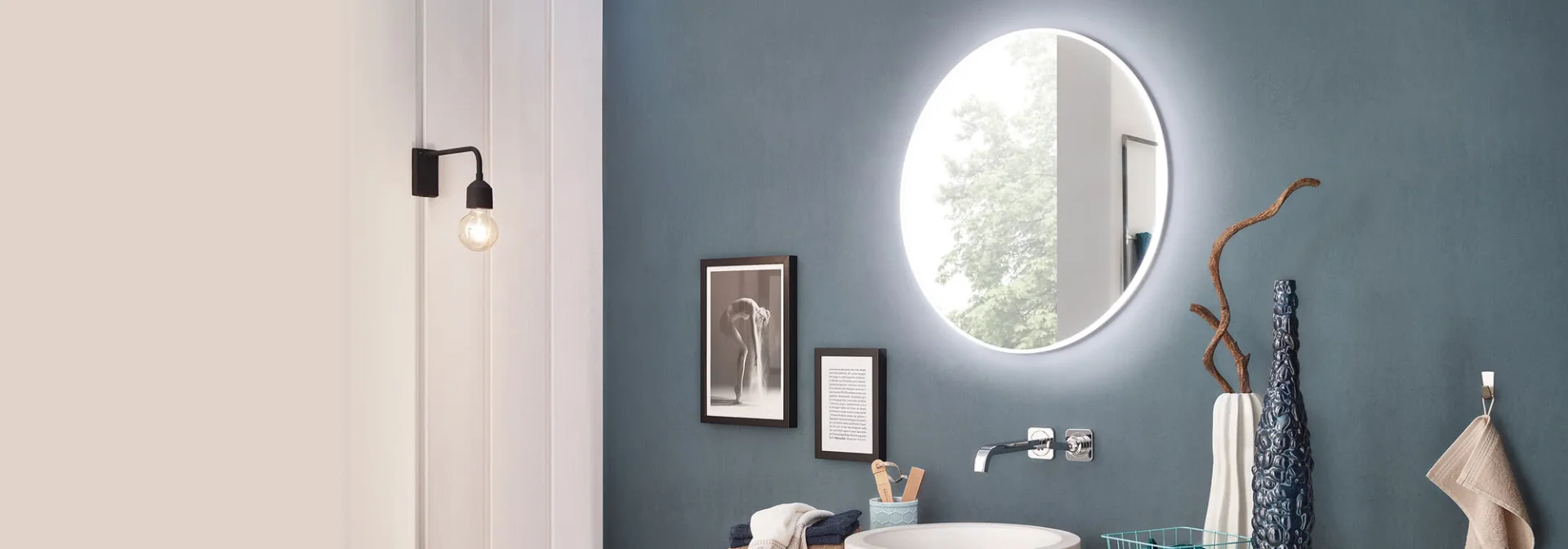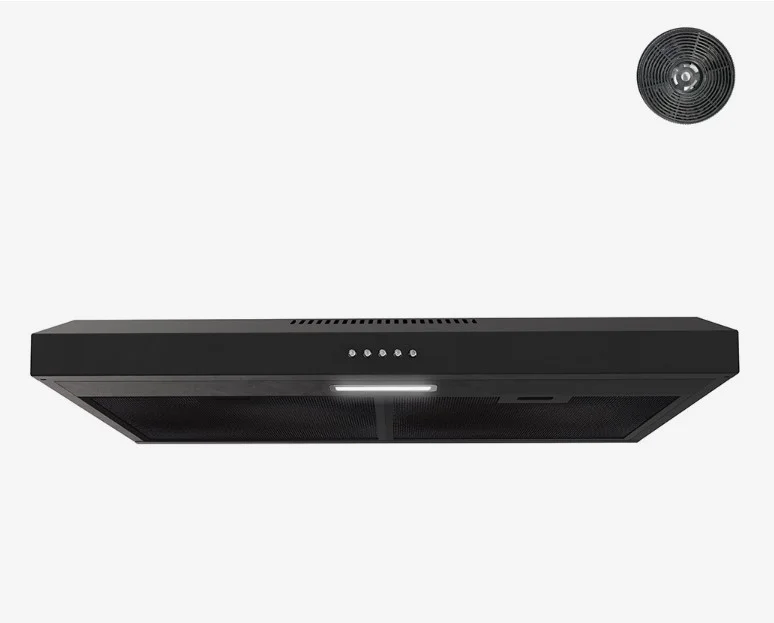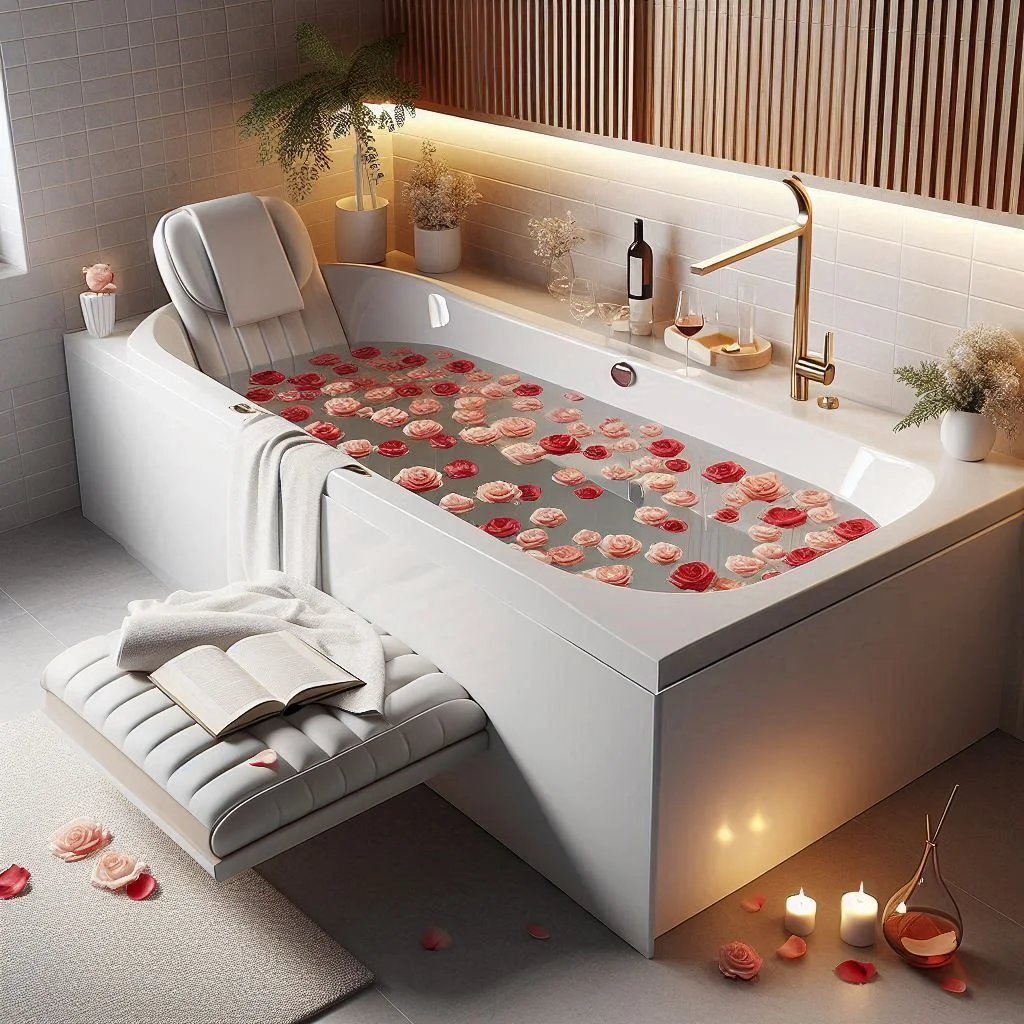In the world of modern bathroom design, LED bathroom mirrors aren’t just a stylish upgrade—they’re a practical essential. Combining energy‑efficient lighting, sleek aesthetics, anti‑fog technology, and smart-touch controls, these mirrors elevate both form and function. However, to preserve the brilliance of the LEDs, maintain clear reflections, and prolong the lifespan of your mirror, you need proper maintenance. This guide walks you through best practices for cleaning, protecting, and caring for your LED mirror, ensuring it stays radiant and functional for years to come.
Why Caring for an LED Bathroom Mirror Matters
LED mirrors are more than just regular mirrors with lights. They include:
- Anti‑fog heating film
- Integrated LED strips
- Touch‑sensitive switches
- Moisture‑resistant coatings
Located in high‑humidity environments, they’re exposed to steam, dust, and skincare residue. Without proper care, you risk:
- Diminished clarity or hazy reflections
- LED dimming or color shifts
- Shortened anti‑fog effectiveness
- Electrical issues like flicker or short circuits
By adopting the right care habits, you can keep your mirror functioning flawlessly—retaining bright illumination, crisp reflection, and sleek appearance.
- Routine Cleaning: Preserve Clarity & Shine
How Often Should You Clean?
Aim to clean your LED mirror every 1–2 weeks, depending on usage and bathroom humidity levels. streamlinebath.com
Step-by-Step Basic Cleaning
- Power down first – Switch off the LEDs to prevent damage and electric risks.
- Dust gently – Use a microfiber or chamois cloth to remove dust from the surface and frame.
- Wipe with mild solution – Mix warm water with a drop of mild soap. Moisten (don’t soak) a clean microfiber cloth and wipe in smooth, circular motions. Avoid dripping water near edges or electronics.
- Dry thoroughly – Use a dry microfiber cloth to remove all moisture, preventing streaks and water stains.
Tips
- Never use abrasive cloths, paper towels, or scrubbers.
- Avoid ammonia or alcohol‑based cleaners; they can damage LED components and coatings.
- Tackling Tough Spots & Residue
After shaving or applying skin care, toothpaste or soap splatter can leave marks. Here’s how to handle them:
Removing Stubborn Stains
- Make a vinegar‑water mix – 50/50 ratio in a spray bottle.
- Light application – Spray onto a cloth, not directly onto the mirror.
- Gentle wipe – Press softly, hold for ~30 seconds on stains, then clean with circular motions.
- Final wipe and dry – Rinse with plain water if needed, then dry completely.
Avoid using abrasive cleaners or scrubbing sponges as these can scratch the surface and damage LED layers.
- Protecting LED Components & Electrical Integrity
Mirrors with integrated LEDs and anti‑fog functions deserve special care:
Safety First
- Always power off the unit before cleaning.
- Never let liquids reach the LED strips, touch sensors, or wiring.
Frame & Strip Maintenance
- Dust the LED strips using a dry microfiber cloth to preserve brightness.
- Inspect wiring & connections monthly for wear or moisture build-up.
- Turn lights off after use to minimize wear.
Prevent Moisture Build-Up
- Check seals and frame edges for gaps; reseal with silicone if needed.
- Use ventilation or an exhaust fan to reduce humidity.
- Anti-Fog Function: Keeping It Fog-Free
Many LED mirrors feature built-in defogger heaters, but they may still fog up without proper care.
Using Built-in Anti‑Fog
- Verify the defogger is turned on after cleaning or showering.
- Clean off any residue blocking the heating film for maximum effectiveness.
DIY Anti‑Fog Options
- Shaving foam: Apply, buff, then wipe dry for a short‑term fog barrier.
- Soapy water method: Use mild soap, buff clean, and dry—temporary protection.
- Commercial sprays: Use 1–2 times a week for longer-lasting results.
Improve Ventilation
- A properly ventilated bathroom enhances anti-fog performance.
- Troubleshooting Common LED Mirror Issues
Dim or Flickering Lights
- Loose wiring or failing LED strips can cause flicker—inspect and correct connections.
- Replace old LED strips or drivers after years of use. LED lifespan is 30,000–50,000 hours (~10–15 years at 3 hours/day).
Unresponsive Touch Controls
- Clean touch areas gently with a dry cloth—no wet or abrasive cleaning.
- If unresponsive, reset per manufacturer’s instructions or check manual.
Anti‑fog Failure
- Ensure heater is enabled and functioning.
- Fog at edges may indicate seal failure—reseal perimeter.
Edge Dark Spots
- Caused by moisture penetrating seal and oxidizing backing.
- Apply silicone sealant along edges and avoid splashing water directly.
When unsure, consult the manufacturer or a qualified technician.
- Best Practices for Long-Term Care
Installation & Placement
- Mount the mirror outside Zones 0–1 or use IP-rated models as per installation diagrams.
- Avoid placing near direct steam or splashes.
- Use recommended mounting hardware for stability and safety.
Power & Heat Management
- Use appropriate RCD and follow regional wiring codes, especially in humid zones.
- Avoid high-heat environments, like near radiators or sunlight.
Routine Inspection
- Quarterly checks:
- Power cords and wiring
- LED brightness and strip condition
- Frame and seal integrity
- Replace damaged components promptly to avoid larger failures.
Professional Maintenance
- Ideal for complex models with dimmers, sensors, or defoggers.
- Schedule inspections every 1–2 years to maintain performance.
- Sustainable Maintenance: Keep It Green
- LED mirrors use less energy—turn them off after use to enhance efficiency.
- Use eco-friendly cleaning mixes (water + mild soap or vinegar).
- Recycle old LED components via e-waste centers.
By extending your mirror’s durability, you reduce waste and avoid frequent replacements.
- FAQs – Swift Answers for Common Care Questions
| Question | Short Answer |
| How often should I clean my LED mirror? | Every 1–2 weeks, or more often in high-humidity bathrooms. |
| Can I use vinegar on the mirror? | Yes—a 50/50 vinegar-water solution works but use sparingly and dry thoroughly. |
| Why are the LEDs flickering? | Usually due to loose wiring or aging LED strips—inspect and replace as needed. |
| What to do if the mirror fogs after shower? | Ensure anti-fog feature is on, improve ventilation, or apply anti-fog treatments. |
| How do I protect the edges? | Use silicone sealant to close any gaps and avoid water splashes. |
| When should I call a professional? | For electrical faults, sensor issues, or installing complex smart mirrors. |
- Final Takeaways
To keep your LED bathroom mirror looking and performing its best:
- Clean it gently and regularly.
- Use mild, non-abrasive cleaners.
- Handle electrical parts with care.
- Keep moisture off LED components and seals.
- Inspect periodically and perform prompt repairs.
- Opt for professional help when needed.
With these LED bathroom mirror care tips, you’ll enjoy crisp reflections, bright illumination, and long-lasting beauty—all while protecting your investment and enhancing your bathroom’s ambiance.
Ready to Enhance Your Bathroom?
Explore Streamline’s full lineup of backlit, front-lit, framed, frameless, round and rectangular LED mirrors—built for style, function, and longevity. Discover options with anti-fog, smart-touch, and adjustable lighting features tailored to your space and wellness routine. Learn more here: LED Mirrors at StreamlineBath.com





